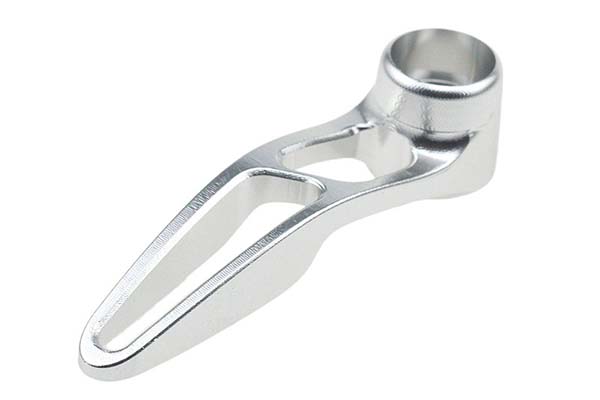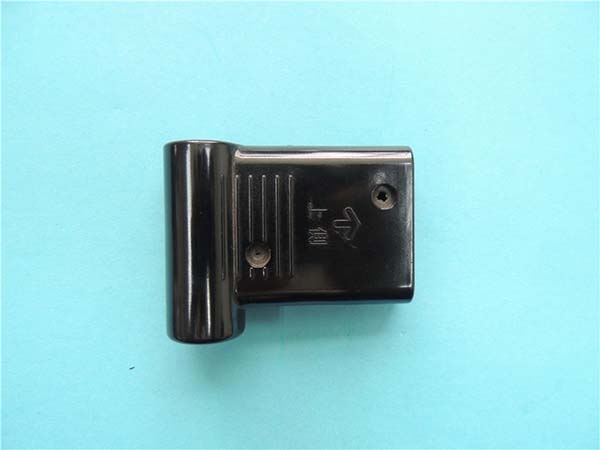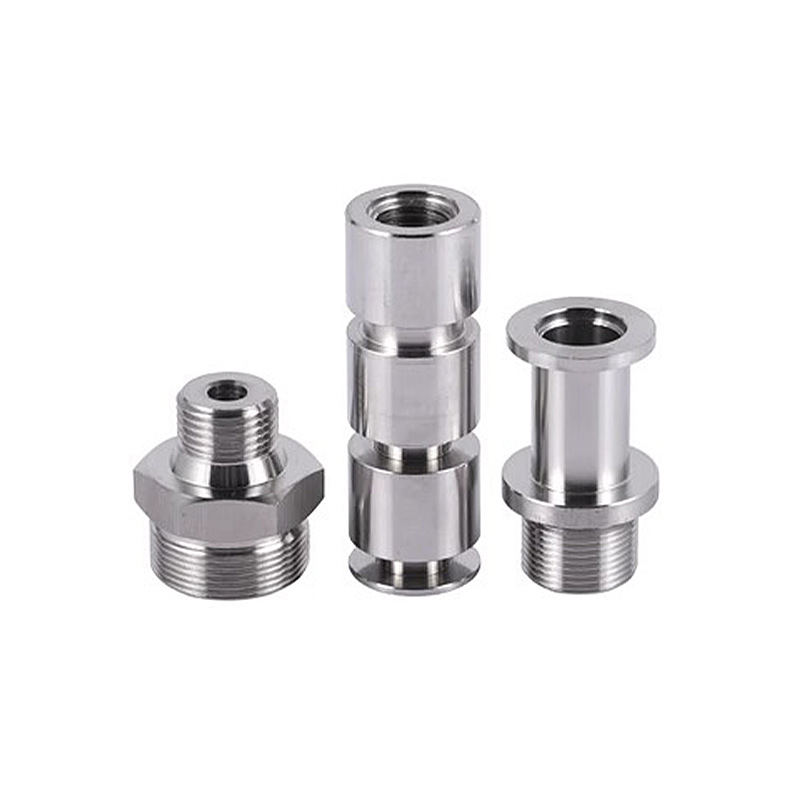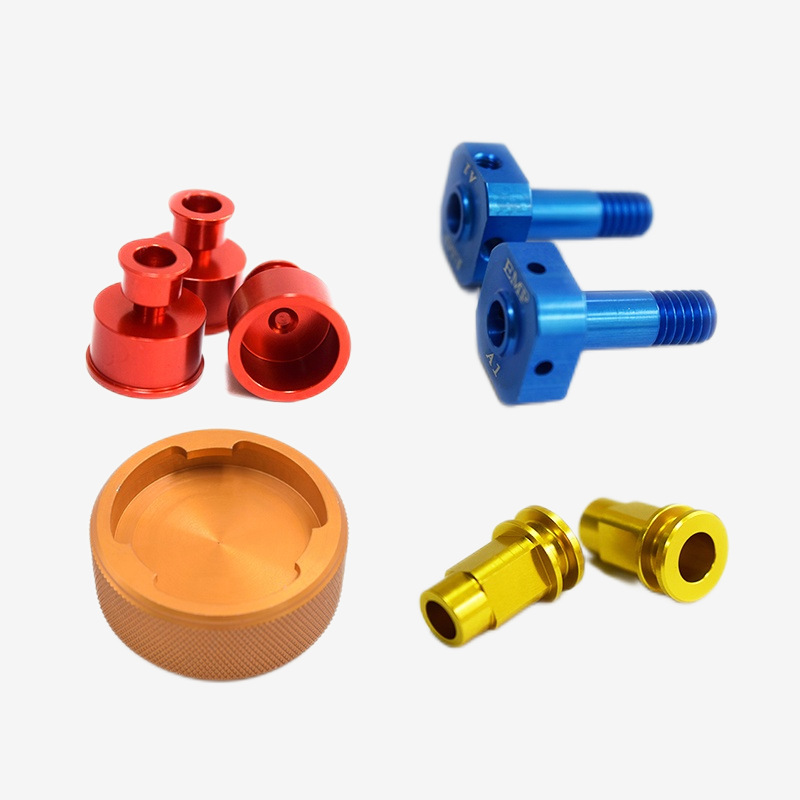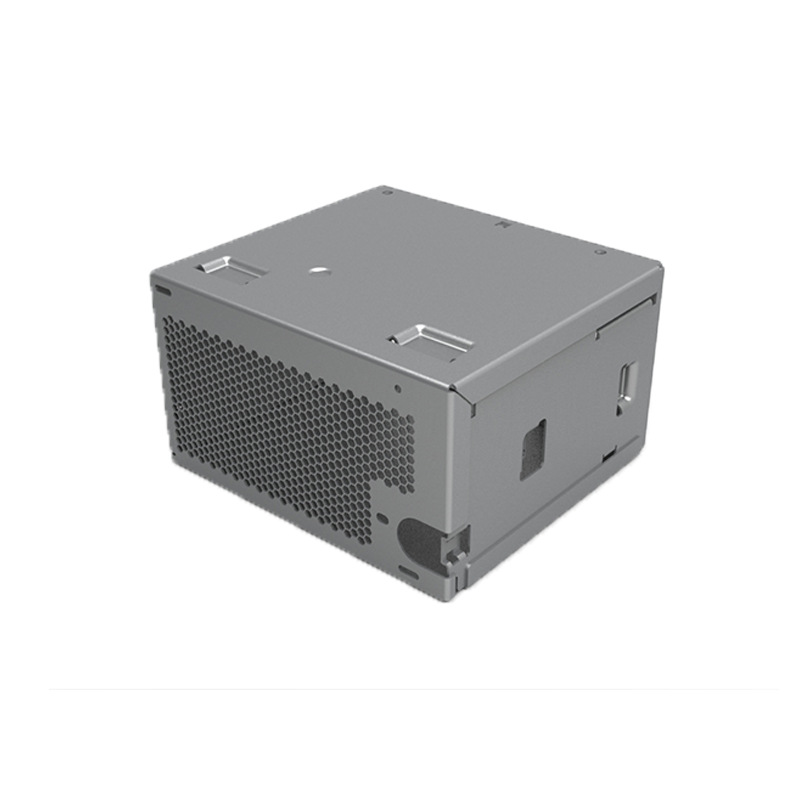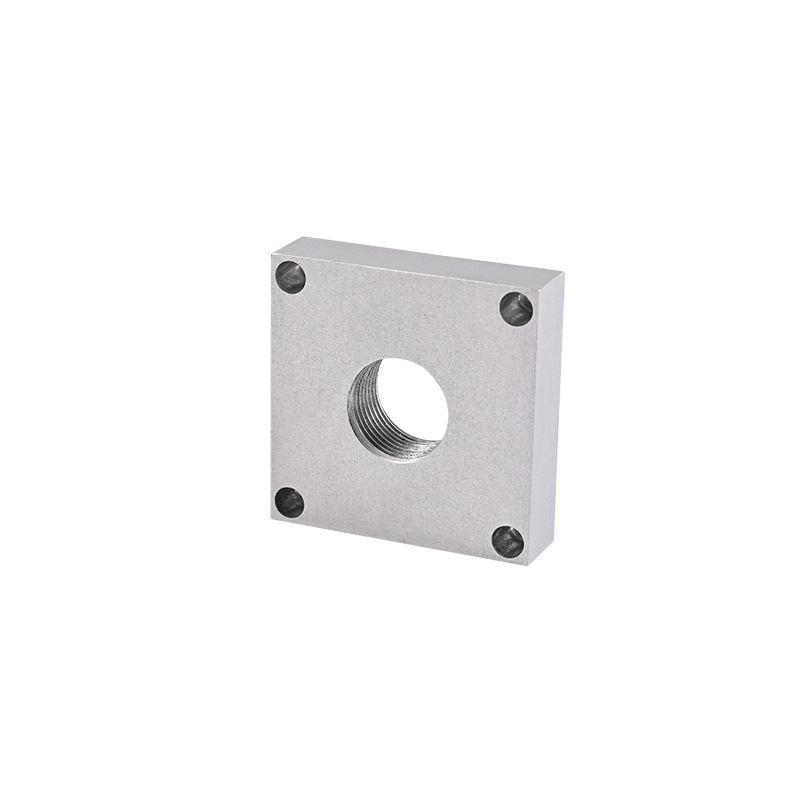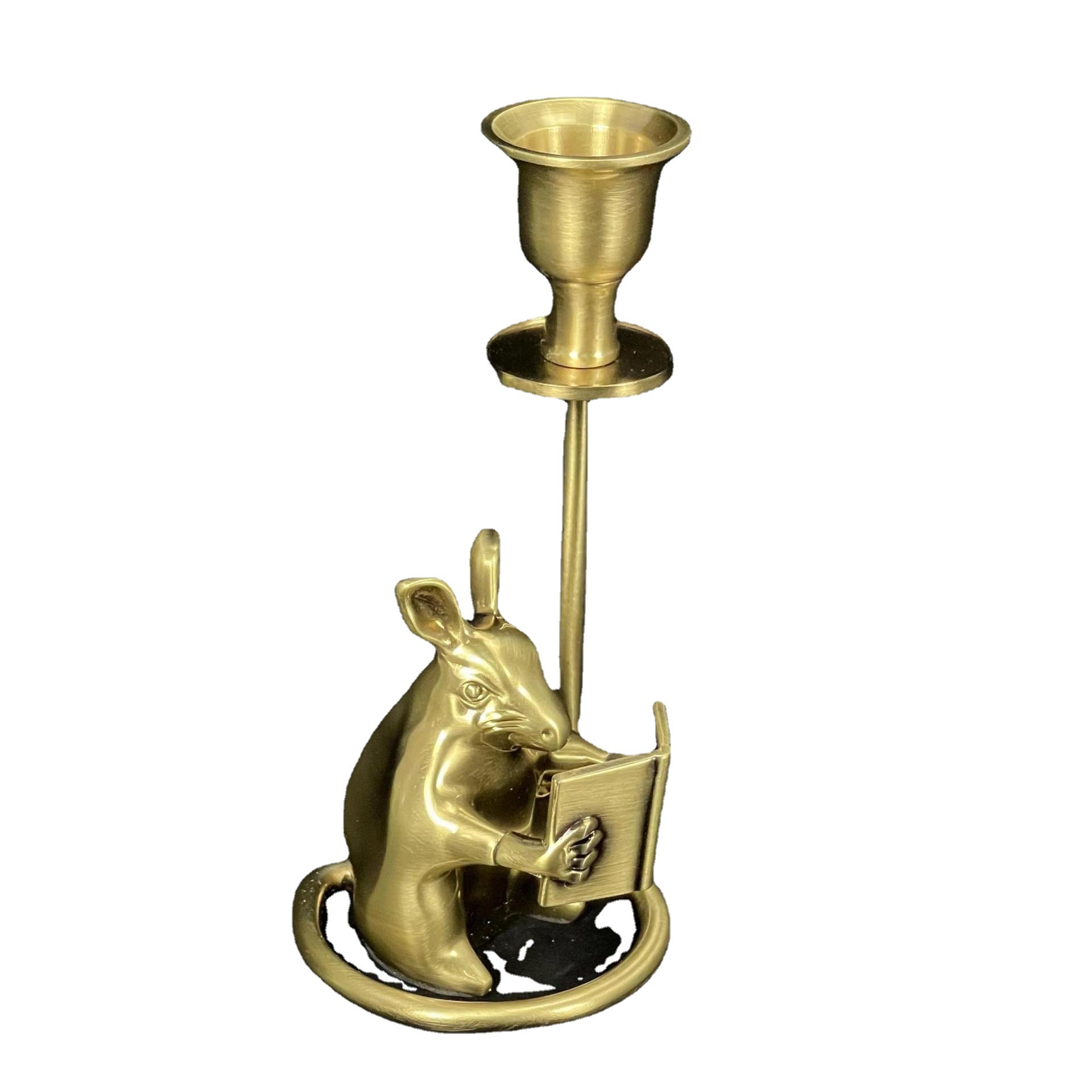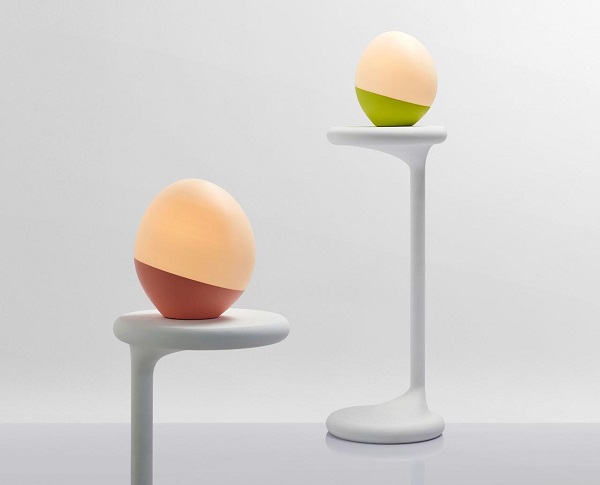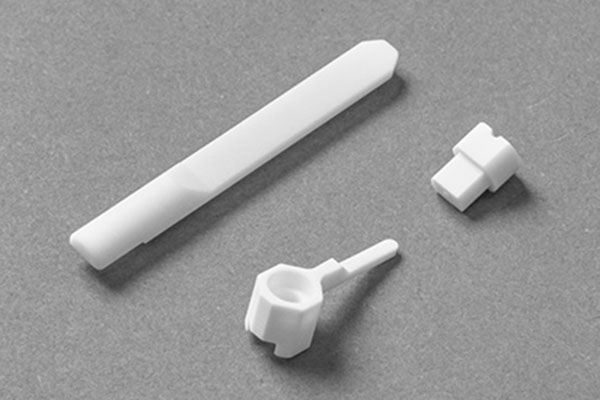1. How Stainless Steel 3D Printing Differs from Traditional Manufacturing
1.1 A Comparative Analysis
Stainless steel 3D printing represents a paradigm shift from traditional manufacturing methods. Let's take a closer look at how they compare across several key aspects.
Design Freedom:
- In traditional manufacturing, creating complex geometries often involves multiple steps, special tooling, and is restricted by the capabilities of the machinery. For Yigu Technology example, machining complex internal channels in a stainless - steel part would be extremely challenging, if not impossible, with traditional lathes or milling machines.
- Stainless steel 3D printing, on the other hand, allows for the creation of highly intricate designs with ease. Designers can use computer - aided design (CAD) software to generate complex lattice structures, internal cavities, and organic shapes that were previously unfeasible.
Production Time:
- Traditional manufacturing processes such as casting, forging, and machining can be time - consuming. For instance, the production of a custom stainless - steel component through forging may require weeks. This is due to the need for mold creation, multiple processing steps, and quality inspections at each stage.
- 3D printing significantly reduces production time. Once the digital model is ready, the printer can start building the part layer by layer. Simple stainless - steel parts can be printed within hours, and even complex ones can be completed in a day or two, depending on their size and complexity.
Material Utilization:
- Traditional manufacturing techniques like machining are subtractive processes. They start with a large block of stainless - steel material and remove excess material to create the final shape. This results in a high amount of material waste, often up to 90% in some cases.
- 3D printing is an additive process. It only uses the amount of material necessary to build the part, leading to much higher material utilization rates, often above 90%. This not only reduces material costs but also minimizes environmental impact.
Tooling and Setup Costs:
- Traditional manufacturing usually requires the creation of molds, dies, or fixtures for each new part design. For stainless - steel parts, these tooling costs can be substantial. For example, a custom injection - molding die for a stainless - steel component can cost tens of thousands of dollars.
- Stainless steel 3D printing eliminates the need for most tooling. The only setup required is loading the appropriate metal powder and calibrating the 3D printer, which is relatively inexpensive in comparison.
Cost - effectiveness:
- For high - volume production, traditional manufacturing methods can be more cost - effective due to economies of scale. Once the initial tooling costs are amortized over a large number of units, the per - unit cost can be very low.
- However, for small - batch production or one - off prototypes, 3D printing is often more cost - efficient. There are no high upfront tooling costs, and the ability to quickly produce parts without the need for extensive setup saves both time and money.
The following Yigu Technology table summarizes the differences more clearly:
Table 1: Comparison of Stainless Steel 3D Printing and Traditional Manufacturing
| Aspect | Stainless Steel 3D Printing | Traditional Manufacturing |
| Design Freedom | High - can create complex geometries, lattice structures, and internal cavities easily | Low - limited by the capabilities of machinery and tooling |
| Production Time | Short - hours to days for most parts | Long - weeks to months for complex parts |
| Material Utilization | High (usually >90%) | Low (as low as 10% in some subtractive processes) |
| Tooling and Setup Costs | Low - mainly powder loading and printer calibration | High - costs for molds, dies, and fixtures |
| Cost - effectiveness for Small - batch/Prototypes | High - no high upfront tooling costs | Low - high tooling costs not amortized over few units |
| Cost - effectiveness for High - volume Production | Low - higher per - unit cost without economies of scale | High - economies of scale reduce per - unit cost |
1.2 Real - World Examples Highlighting the Differences
Aerospace Industry:
- In the aerospace industry, weight reduction is crucial for improving fuel efficiency and performance. Traditional manufacturing methods struggled to create complex, lightweight stainless - steel components for aircraft engines. For example, producing a fuel injector with traditional machining would result in a heavy part with limited internal flow optimization.
- With 3D printing, companies like GE Aviation have been able to print fuel nozzles made of stainless steel. These 3D - printed nozzles have complex internal channels that improve fuel atomization, leading to better combustion efficiency. They are also lighter than their traditionally - manufactured counterparts, contributing to overall aircraft fuel savings.
Medical Field:
- Custom - made orthopedic implants are a prime example of where stainless steel 3D printing outperforms traditional manufacturing. Each patient's anatomy is unique, and traditional methods of manufacturing implants often involve a one - size - fits - most approach, which may not be ideal for all patients.
- 3D printing allows for the creation of patient - specific implants. For instance, a 3D - printed stainless - steel hip implant can be designed to perfectly match the patient's bone structure, improving the fit and reducing the risk of complications. The complex porous structures that can be 3D - printed also promote bone ingrowth, enhancing the long - term stability of the implant.
Automotive Industry:
- Car manufacturers are constantly looking for ways to improve performance and reduce production costs. Traditional manufacturing of stainless - steel engine components, such as intake manifolds, involves multiple parts being welded or assembled together. This process is time - consuming and can introduce potential weak points due to the joining methods.
- 3D printing enables the production of one - piece, optimized intake manifolds. These 3D - printed manifolds can have complex internal geometries that improve air flow to the engine, enhancing performance. Additionally, the elimination of multiple parts and the associated assembly steps reduces production time and cost.
3. The Advantages of Stainless Steel 3D Printing in Manufacturing
3.1 Design Freedom and Complex Geometry
One of the most remarkable advantages of stainless steel 3D printing is its unparalleled design freedom. Traditional manufacturing methods often face constraints when it comes to creating complex geometries. For Yigu Technology instance, in machining, the use of cutting tools limits the shapes that can be produced. Holes must be drilled in a straight - line, and undercuts are extremely difficult to achieve without additional complex operations.
In contrast, 3D printing allows designers to let their creativity run wild. Using CAD software, they can create intricate lattice structures, like the one shown in Figure 1. These lattice structures are not only aesthetically pleasing but also offer unique mechanical properties. They can be designed to be lightweight yet strong, making them ideal for applications where weight reduction is crucial, such as in the aerospace industry.
Another example is the creation of internal cavities and channels. In a traditional manufacturing process, making a stainless - steel part with complex internal channels would involve multiple parts being assembled together, which can be time - consuming, costly, and may introduce weak points due to the joining methods. With 3D printing, these internal features can be printed in one go, as demonstrated in Figure 2. This is highly beneficial in applications like heat exchangers, where efficient fluid flow through complex channels is essential for optimal performance.
3.2 Reduced Lead Times
The time it takes to bring a product from the design stage to the finished product is significantly shorter with 3D printing. In traditional manufacturing, especially for stainless - steel components, the process can be long and arduous. Consider the production of a custom - designed stainless - steel bracket.
First, a mold needs to be created if the part is to be cast. This mold - making process can take weeks, depending on the complexity of the part. Then, the casting operation itself, followed by machining to achieve the final dimensions and surface finish, adds more time to the production cycle. In total, the lead time for a traditional manufacturing process of a relatively simple stainless - steel bracket could be 4 - 6 weeks.
With 3D printing, once the CAD model of the bracket is ready, the 3D printer can start building the part immediately. Small to medium - sized stainless - steel brackets can be printed within 24 - 48 hours, depending on the size and complexity of the part. A study by a leading manufacturing research firm found that on average, 3D printing reduces the lead time for product development by 50 - 70% compared to traditional manufacturing methods for stainless - steel components. This means that companies can get their products to market faster, respond more quickly to customer demands, and gain a competitive edge in the market.
3.3 Material Efficiency
Traditional manufacturing processes for stainless - steel parts are often subtractive, which means they start with a large block of material and remove excess material to create the final shape. This results in a significant amount of material waste. For example, in machining a stainless - steel shaft, up to 80 - 90% of the initial material may be removed as chips.
3D printing, on the other hand, is an additive process. It builds parts layer by layer, only using the amount of material necessary to create the object. A recent industry report showed that the material utilization rate in 3D printing of stainless - steel parts is typically above 90%. In some cases, with optimized designs, it can be as high as 95%. This not only reduces the cost of raw materials but also has a positive environmental impact by minimizing waste. For a large - scale manufacturing company that produces thousands of stainless - steel parts annually, the savings in material costs can be substantial over time.
3.4 Customization Capabilities
Stainless steel 3D printing excels in providing customization options. In many industries, one - size - fits - all solutions are no longer sufficient. Take the medical industry as an example. For orthopedic implants, each patient's bone structure is unique. Traditional manufacturing methods produce standardized implants that may not fit every patient perfectly.
With 3D printing, it is possible to create patient - specific stainless - steel implants. By using medical imaging data such as CT scans, the exact shape of the patient's bone can be replicated, and a custom - made implant can be designed and 3D - printed to fit precisely. This reduces the risk of implant rejection and improves the overall success rate of the surgery. A study in a leading medical journal found that patients with 3D - printed custom - made stainless - steel hip implants had a 20% lower rate of post - operative complications compared to those with traditional implants.
In the automotive industry, 3D printing enables the production of personalized car parts. Car enthusiasts can customize parts such as interior trim, shift knobs, and even engine components to their liking. A car manufacturer can use 3D printing to produce limited - edition, high - performance parts for a niche market without the high costs associated with traditional manufacturing tooling. This allows for greater product differentiation and the ability to target specific customer segments more effectively.
Conclusion
Yigu Technology Stainless steel 3D printing is indeed revolutionizing the manufacturing industry in multiple ways. It offers a level of design freedom that was previously unattainable with traditional manufacturing methods, enabling the creation of complex and optimized structures. The reduced lead times allow companies to be more agile in the market, quickly adapting to changes in demand and bringing new products to the market faster. Material efficiency not only cuts down on costs but also contributes to a more sustainable manufacturing process, which is becoming increasingly important in today's environmentally - conscious world. The high - level customization capabilities meet the diverse needs of different industries, from healthcare to automotive, enhancing product performance and user satisfaction.
FAQs
1. Is stainless steel 3D printing suitable for high - volume production?
While stainless steel 3D printing is more cost - effective for small - batch production and prototypes, technological advancements are making it more viable for higher - volume production. Some companies are developing large - scale 3D printers and more efficient printing processes to increase production rates. However, for very high - volume production, traditional manufacturing methods may still have an edge in terms of cost - per - unit due to economies of scale.
2. What are the limitations of the design freedom in stainless steel 3D printing?
Although stainless steel 3D printing offers extensive design freedom, there are still some limitations. For example, the minimum feature size that can be printed is restricted by the resolution of the 3D printer. Also, extremely thin walls may be difficult to print without support structures, and the mechanical properties of overly complex designs may not be as predictable as simpler ones.
3. How does the cost of stainless steel 3D printing compare to traditional manufacturing for a single part?
For a single part, stainless steel 3D printing is often more cost - effective than traditional manufacturing. Traditional methods typically have high upfront tooling costs, even for a single part. In 3D printing, the main costs are the 3D printer, metal powder, and energy. Since there is no need for expensive molds or dies, the cost of producing a single stainless - steel part via 3D printing can be significantly lower.
